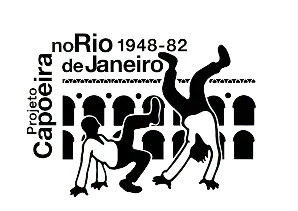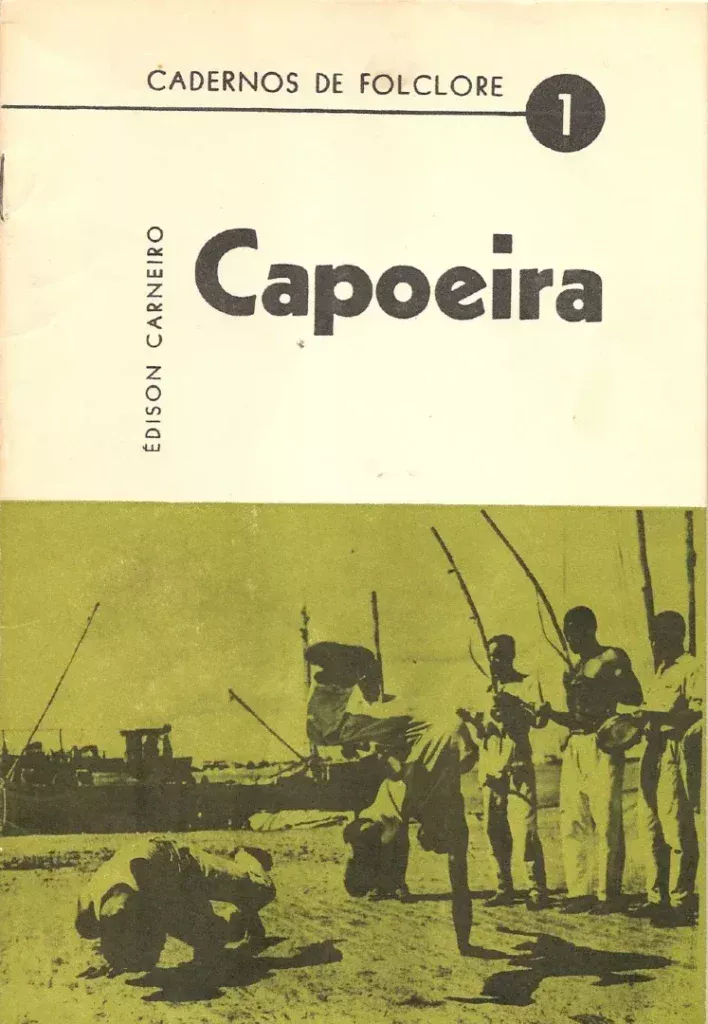The Edison Carneiro Folklore Museum, created in 1968, is heir to the movement institutionalized as the "Campaign for the Defense of Brazilian Folklore".
By Matthias Röhrig Assunção.
The Edison Carneiro Folklore Museum is part of the National Folklore and Popular Culture Centre (Centro Nacional de Folclore e de Cultura Popular, or CNFCP), located next to the Palácio da República, in a listed architectural complex in the Catete neighbourhood of Rio de Janeiro.
The Museu do Folclore and the CNFCP are heirs of the Brazilian folklore movement led by Edison Carneiro (1912-1972), Renato Almeida (1895-1981) and other researchers and folklorists between 1947 and 1964. This movement was institutionalised as the “Campaign for the Defence of Brazilian Folklore” under the Juscelino Kubitschek government in 1958, but the Campaign went downhill after the military coup in 1964, when its president Edison Carneiro was arrested. The 1988 Constitution, in its articles 215 and 216, again included preservation of folkloric heritage among the duties of the Brazilian State.
Capoeira has always played a prominent role in the folklore movement. There have been presentations of capoeira since the First Folklore Congress in Rio, in 1951, attended by president Getúlio Vargas. Earlier, in 1937, Edison Carneiro had already released his book Negros Bantus, whose chapter II, in Part 2, constitutes the first in-depth study of capoeira. Renato Almeida published the first academic article on capoeira, in 1942.
In 1975 the Cadernos do Folclore number 1 of FUNARTE came out, entitled Capoeira, again written by Edison Carneiro, where the author expands on the results of his previous research.
The Folklore Museum, on Catete Street 179, has also been the stage for capoeira presentations and rodas since the Brazilian Folklore Week, in August 1970.
On that occasion the capoeira presentation was made by the group “Rio Antigo”, directed by master Vilmar da Cruz Brito (1944-2016).
On the occasion of the inauguration of the headquarters of the Brazilian Campaign for the Defence of Folklore, on August 19, 1975, there was a great commemoration and, among the folkloric groups that performed that night, capoeira could not be missing: this time, an exhibition by “Capoeiras da Bahia”, about which the newspapers gave no further details. Luís da Câmara Cascudo, another important author in the study of capoeira, was the day’s honoured guest. That day, the Jornal dos Sports pointed out, also saw the launch of the new series of Cadernos do Folclore, whose No. 1 was, as already mentioned, devoted to capoeira in a study by Edison Carneiro.
On the occasion of the inauguration of the current premises of the museum and the CNFCP, on March 14, 1980, there were performances by capoeira groups and violeiros in the gardens of the Catete Palace
Building on this history of capoeira at the Folklore Museum, on September 12, 2019, the project “Contemporary Capoeira in Rio de Janeiro (1948-82)” inaugurated the website www.capoeirahistory.com with a roda that brought together capoeiras from the old guard and younger generations of practitioners.
The roda included the participation of masters Polaco (in memoriam), Gegê, Nestor Capoeira, Paulão Muzenza, Soldado, Camisa, Levi, Bebeto, Tisza and Célio Gomes.
Sources:
Diário de Notícias, Jornal dos Sports, Tribuna da Imprensa.
To know more:
Renato Almeida. “O brinquedo da capoeira”, Revista do Arquivo Municipal (São Paulo), Vol. 7 (1942), No. 84, pp. 155-162.
Edison Carneiro. Negros Bantus. Notas de ethnographia religiosa e de folk-lore. Rio de Janeiro: Civilização Brasileira, 1937.
Edison Carneiro. Capoeira. (Cadernos do Folclore No. 1) Rio de Janeiro: Campanha de Defesa do Folclore Brasileiro, Funarte, MEC, 1975 (2 ed., 1977).
Luís Rodolfo Vilhena. Projeto e missão. O movimento folclórico brasileiro, 1947-1964. Rio de Janeiro: Funarte, Fundação Getúlio Vargas, 1997.





